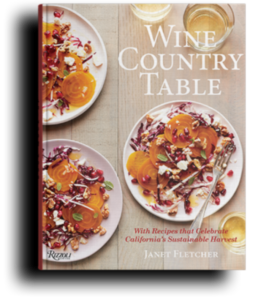Blooming gardens, baby animals, farm-to-table meals and other spring pleasures beckon
SAN FRANCISCO — California wine country is a fabulous place to visit all year long, but there’s something about springtime that is magical. As winter gives way to milder temperatures, the state’s vineyards, hillsides and winery gardens burst into life—not only with buds for the coming year’s winegrape crop, but with wildflowers, newborn farm animals and fresh produce destined for farm-to-fork wine pairings. Wine Institute offers seven reasons to enjoy springtime in California wine country:
1. Mild Weather & Smaller Crowds
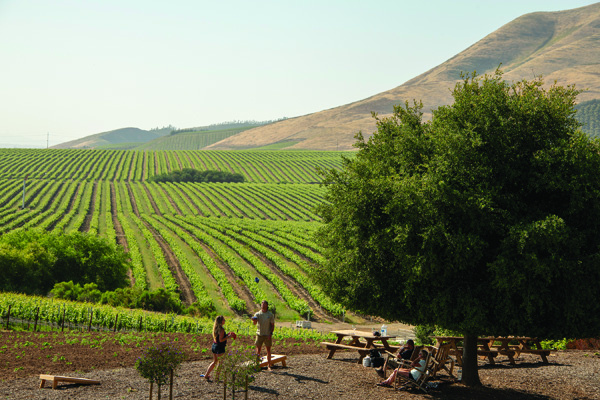
Springtime brings mild weather across the state, often with clear, blue skies. This is the start of picnic season, when wineries invite visitors to enjoy gourmet provisions at outdoor tables with stunning vineyard views. Search for wineries with picnic areas at DiscoverCaliforniaWines.com. As a bonus, springtime is typically less busy, so visitors can enjoy an intimate, leisurely experience.
2. Mustard, Cover Crops & Wildflowers
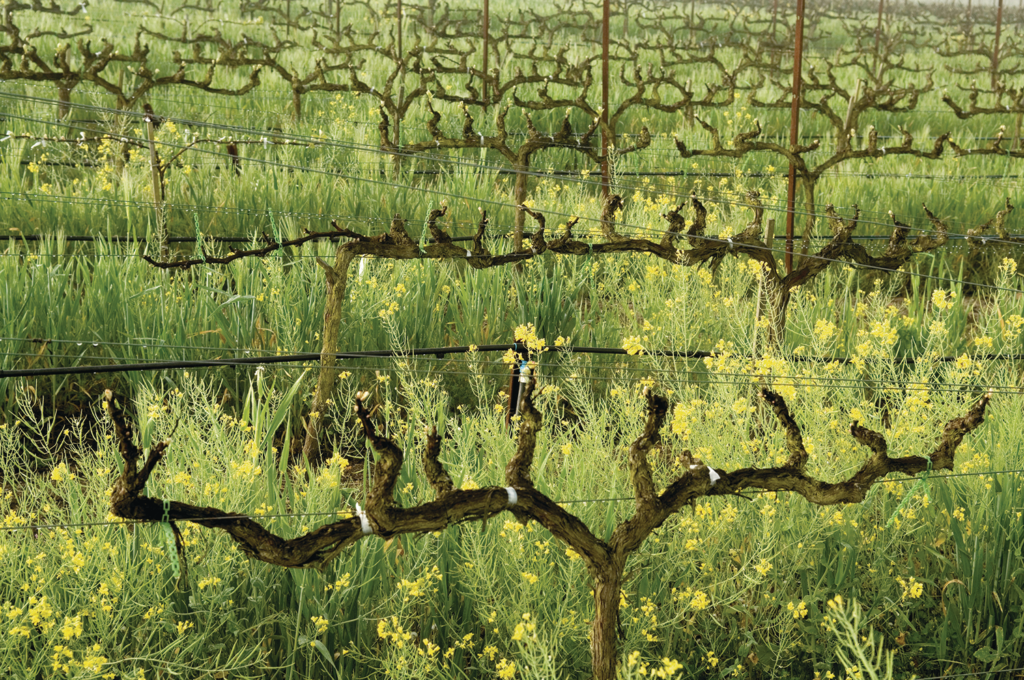
Following the winter rains, spring is California’s greenest season. This is the ideal time to admire the emerald hillsides and valleys along wine country back roads, and keep an eye out for bright yellow mustard flowers and lush cover crops between vineyard rows that aid winegrowers in their sustainable farming efforts. Wildflowers are a natural attraction in most wine regions, including Sonoma County, San Luis Obispo County, Monterey County, Calaveras County and Lake County.
3. Vineyards Come to Life
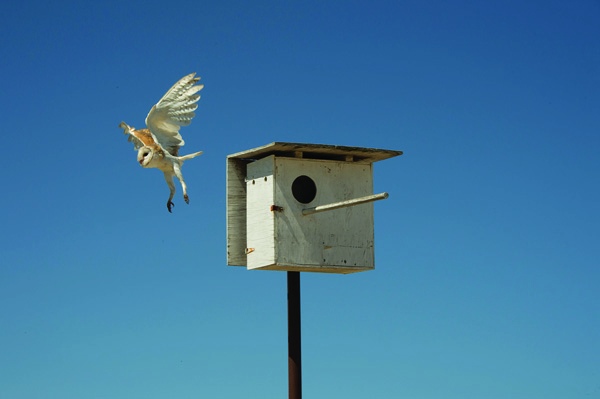
Watch vineyards awaken from their winter slumber as the first buds of the season appear and tiny flower clusters form on the tips of young vine shoots. More than 2,100 vineyards representing 29 percent of statewide wine acreage are Certified California Sustainable by third-party auditors of the California Sustainable Winegrowing Alliance, and springtime heralds a host of eco-friendly activities among the vines. Nesting boxes installed by vintners attract birds that hunt down gophers and other vineyard pests, and winery estates literally buzz with activity as resident bees pollinate cover crops between the rows.
4. Winery Gardens in Bloom
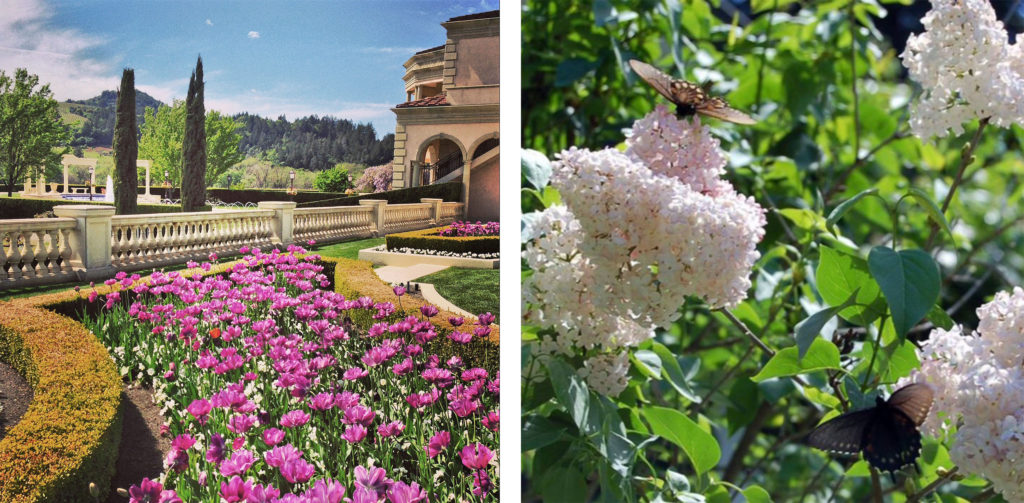
Winery gardens burst into bloom with a stunning array of flowers, trees and estate-grown produce. Meander through seven distinct educational, sensory and culinary gardens at Kendall-Jackson Wine Estate & Gardens, or stop and smell the roses—150 fragrant varieties—during the Korbel Champagne Cellars Garden Tour. More than 10,000 tulips steal the show each spring in the five-acre Ferrari-Carano Japanese tea garden. Call the “tulip hotline” to find out when they’re in bloom. Quivira Vineyards offers tours of its sustainability-focused garden, home to dozens of varieties of heirloom vegetables, fruit trees and herbs. Benziger Family Winery’s Insectary Garden attracts insects essential to the health of the surrounding vineyards. Deaver Vineyards’ sister operation, the Amador Flower Farm, offers walks among its thousands of day lilies.
To find winery gardens by region, search DiscoverCaliforniaWines.com.
5. Baby Animals
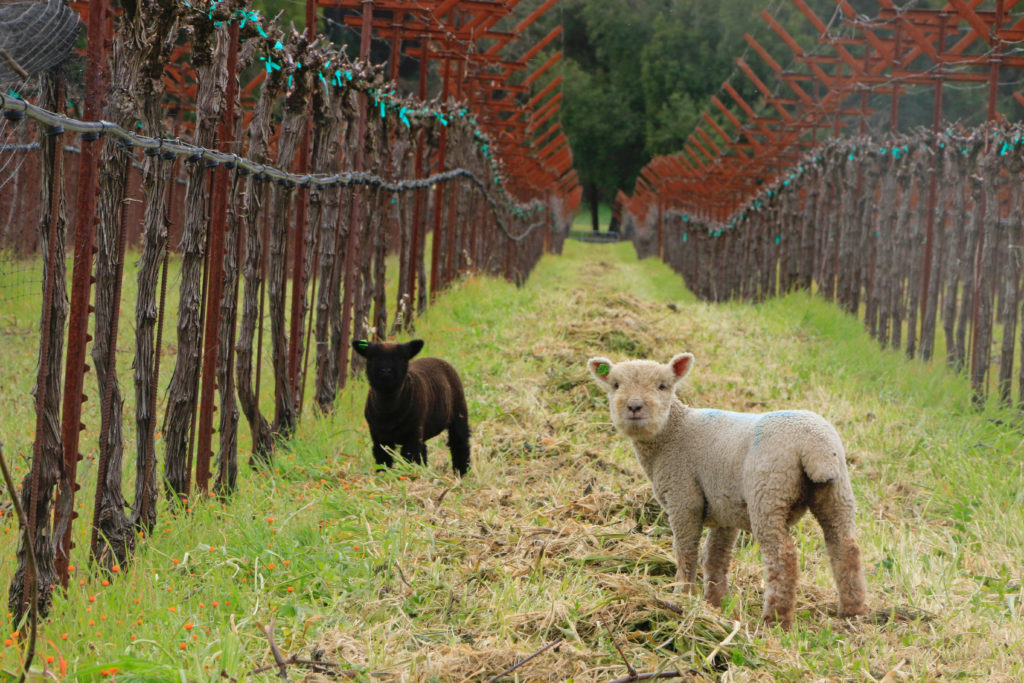
Animals abound in the spring, when newborn lambs frolic along hillsides, and wineries send crews of sheep and goats into the vineyards to help with sustainable farming. Many California wineries—including Cline Family Cellars in Sonoma and Concannon Vineyard in the Livermore Valley–recruit sheep and goats as “wooly weeders” to munch spring growth between the vine rows. You can even visit resident baby farm animals at wineries such as Buttonwood Winery & Vineyard in Solvang in the Santa Ynez Valley, Castello di Amorosa in the Napa Valley, Domaine Artefact in San Diego County, Pennyroyal Farm in Mendocino County, and Truett-Hurst Winery in Sonoma County.
6. Spring Produce Stars at Winery Restaurants
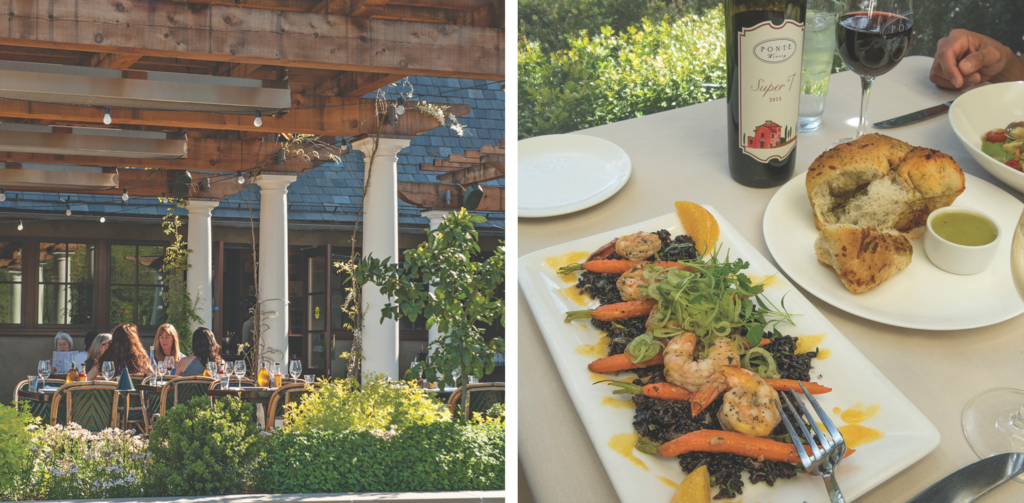
California vintners love to showcase local spring produce, and some wineries have their own on-site restaurants with patios for outdoor dining. Vineyard Table & Tasting Lounge at Livermore Valley’s Wente Vineyards offers sharable plates featuring estate-grown produce and beef. Farmstead at Long Meadow Ranch in the Napa Valley highlights produce from the family farm. Overlooking the vineyards at Francis Ford Coppola Winery in Sonoma County, Rustic sources herbs and produce from the winery gardens. Local, seasonal ingredients star at The Restaurant at Ponte (Ponte Winery) and The Vineyard Rose at South Coast Winery—both in Temecula—as well as The Restaurant at Justin (Justin Vineyards & Winery) and Niner Wine Estates in Paso Robles. Serving breakfast and lunch, the café at Lodi’s Michael-David Winery features meats sourced from the local 4H program and produce grown locally or onsite.
To find winery dining options, see DiscoverCaliforniaWines.com.
7. Homegrown Food & Wine Pairings
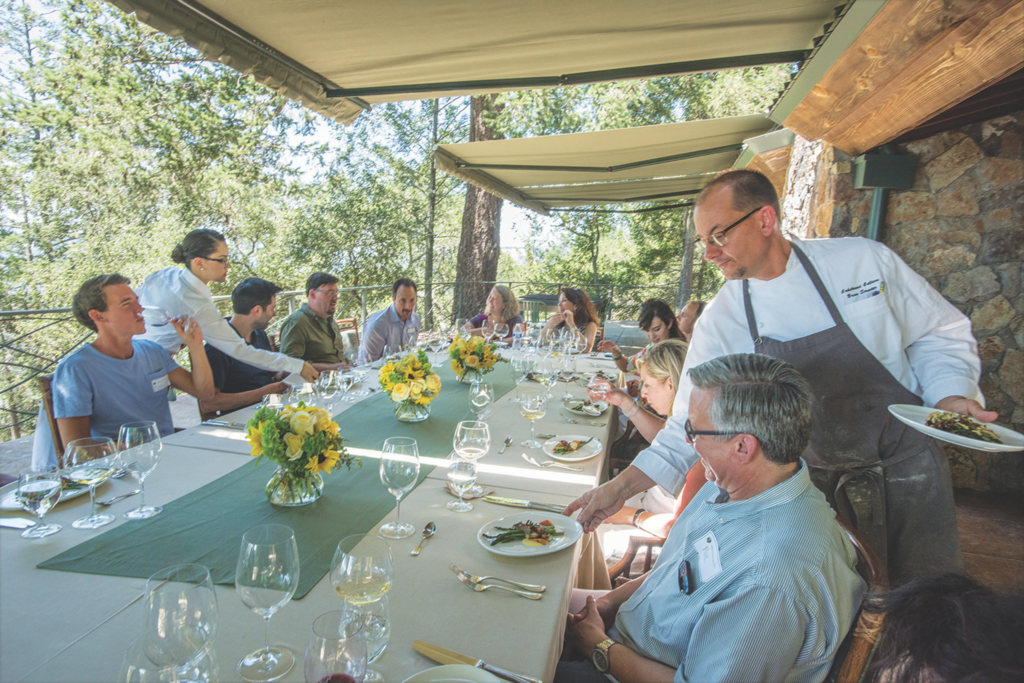
California’s spring produce inspires vintners to take food and wine pairings to the next level. You’ll find elaborate pairings at Lynmar Estate in the Russian River Valley with its three-course, farm-to-table lunch and Pinot & Pizza experiences; Ram’s Gate in Sonoma with its Chef’s Table interactive pairing; J Vineyards & Winery in Sonoma with its Bubble Room five-course pairing; Round Pond Estate in the Napa Valley with its multi-course Il Pranzo lunch; The Prisoner in Napa Valley with its Makery Experience; C.G. di Arie in Amador County with its weekend collaborations with nearby Taste restaurant; Edna Valley Vineyard in San Luis Obispo with the Perfect Pairing Experience; and Daou Vineyards & Winery in Paso Robles, with its Lebanese-inspired Culinary Pairing Experience.
Search DiscoverCaliforniaWines.com for more pairing experiences.
Even if you are unable to visit California wine country this spring, it’s easy to taste its wines and cuisine at home. California wines are in stores across the nation and wineries can ship direct to consumers in 44 U.S. states and Washington, D.C. Pair favorite wines with California-inspired, seasonal recipes from Wine Institute’s new book, “Wine Country Table: With Recipes that Celebrate California’s Sustainable Harvest,” or at DiscoverCaliforniaWines.com.
Wine Institute is the public policy association of California wineries producing 80 percent of U.S. wine. California is the nation’s number one state for wine and food tourism with 3,900 wineries to visit.

